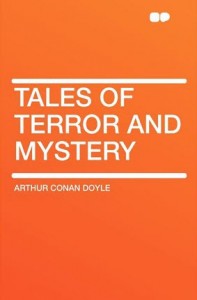 It is hard to believe that 2014 is almost over; I went into this year with a goal to read more non-fiction and now I think I am addicted. I joined Nonfiction November firstly because I wanted to keep my momentum and it looked like fun. However I didn’t really participate much in the memes; I did write a great (well I think it was) essay on my non-fiction reading history. I did however finish a few non-fiction books, four memoirs and two books around literary criticism. I am still scrabbling to catch up on book reviews and I have been posting every day to catch up, so most of these books are still waiting to be posted.
It is hard to believe that 2014 is almost over; I went into this year with a goal to read more non-fiction and now I think I am addicted. I joined Nonfiction November firstly because I wanted to keep my momentum and it looked like fun. However I didn’t really participate much in the memes; I did write a great (well I think it was) essay on my non-fiction reading history. I did however finish a few non-fiction books, four memoirs and two books around literary criticism. I am still scrabbling to catch up on book reviews and I have been posting every day to catch up, so most of these books are still waiting to be posted.
Sticking with the non-fiction theme, I started off the month reading Excavation: A Memoir by Wendy C. Ortiz and I owe this book choice to my addiction to the Literary Disco podcast. It was a little out of my wheelhouse but I really enjoyed it and what better to succeed a book about sexual abuse than listening to Amy Poehler’s book Yes Please. This was a funny, yet amazing book and the audiobook was just perfect. This also helped increase my collection of Parks and Rec memoirs. I happened to also read another humorous memoir when I learnt about how Tony Hawks went Around Ireland with a Fridge. The final memoir was Not Drowning, Reading by Andrew Relph which is heavy on the literary criticism and lead to me reading Why I Read by Wendy Lesser and What Is Literature? by Jean-Paul Sartre.
The reading of Sartre may seem pretentious enough to give me enough literary credibility to last the month; it also leads to the second theme in my reading for November. I wanted to participate in German Literature Month this month and I had every intention to read more German translations but the only one I managed to read was Look Who’s Back by Timur Vermes. I did however read a great French novel (The Elegance of the Hedgehog by Muriel Barbery) and the Russian science fiction classic Roadside Picnic by Arkady & Boris Strugatsky. I had aimed to re-reading Perfume by Patrick Süskind but the library’s copy was too damaged, also if I had time I planned on picking up some more Kafka.
The library has been a huge source of books lately and I am constantly having two or three books checked out at the one time. This might not be good for my TBR bookcase and all the books I still need to read around my house but it has been great for reading on a whim as well as saving me money. Out of the fifteen books I have read this month, five of them were from the library and mostly my non-fiction/translation picks. Last year I went on a book buying ban that didn’t work but it was the start of my obsession with the library and lets face it, it is always good to support them.
I did read some other books this month including Wonder Boys by Michael Chabon, Annihilation by Jeff VanderMeer and Merciless Gods by Christos Tsiolkas. However the real highlight of November was reading poetry to my wife, it was very romantic. I picked up Ariel by Sylvia Plath from the library after reading Belzhar and read a few poems to my wife every night before bed, it was such a great experience but Plath wasn’t the easiest to read aloud (more on this in my upcoming review).
I am really enjoying these essay style blogging but I have discovered I have so much to learn. While writing I have noticed I am very minimalist and I could almost turn each paragraph into a list of books that I have read. Practise does make perfect and I know what I need to focus on for upcoming essays but I have no idea how I am going to do that. These journal style personal essays are addictive and I plan on exploring them further; I think my next one will revolve around writing. One day when I am looking back on these essays, I am hoping to see how much I have improved and this writing will be laughable. Until then I am going to continue writing and writing, so look for more posts in the What I Think About When I’m Not Blogging series…if you are interested.

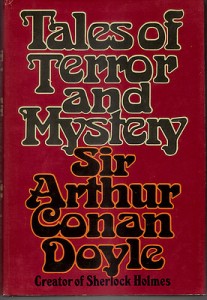 Title: Tales of Terror and Mystery (
Title: Tales of Terror and Mystery ( Title: We Are All Completely Beside Ourselves (
Title: We Are All Completely Beside Ourselves (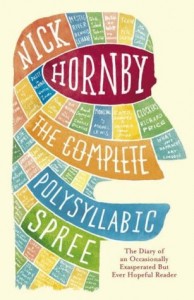 Title: The Complete Polysyllabic Spree (
Title: The Complete Polysyllabic Spree (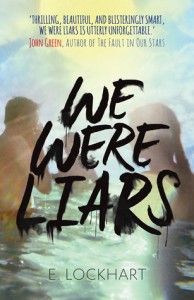 Title: We Were Liars (
Title: We Were Liars (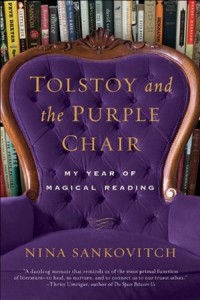 Title: Tolstoy and the Purple Chair (
Title: Tolstoy and the Purple Chair ( Title: Batman: Cacophony (
Title: Batman: Cacophony (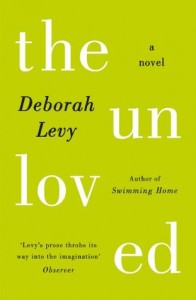 Title: The Unloved (
Title: The Unloved (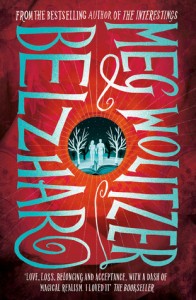 Title: Belzhar (
Title: Belzhar (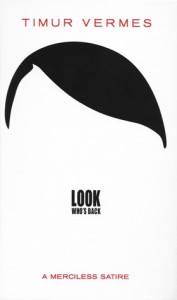 Title: Look Who’s Back (
Title: Look Who’s Back (